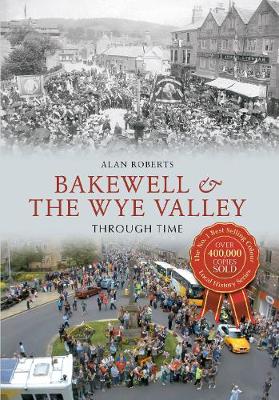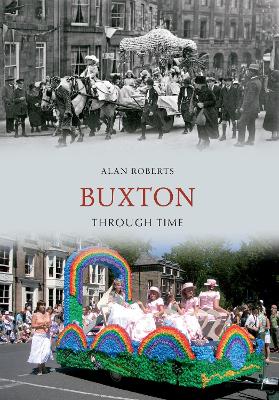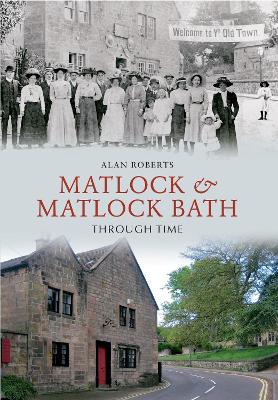Through Time
3 total works
Bakewell in Derbyshire is a historic town with origins going back to Saxon and Norman times. Set on hills rising up from the Wye Valley, it has an interesting variety of older buildings, mainly built in stone from the sixteenth century onwards, as well as a good range of small shops and restaurants set in lanes and courtyards to welcome visitors. As the focal point for an agricultural area, Bakewell has a weekly market with stalls and livestock and a very popular annual show. Before reaching Bakewell, the Wye passes limestone dales with attractive scenery, historic sites, nature reserves and a wide range of possibilities for outdoor activities from fishing to climbing. The Monsal Trail runs along the valley, giving good conditions for walking and cycling along a former railway track. Historic Haddon Hall and the villages of Ashford and Rowsley add further interest to the area, most of which is in the Peak District National Park.
Buxton's growth as an inland spa town began in the 1780s when The Crescent was built for the Duke of Devonshire. This was followed by the natural baths, thermal baths, pump room and several large hydropathic establishments. Buxton became a fashionable spa resort, its popularity later boosted by the arrival of the railways. Large villas and hotels were built, as well as a range of entertainment facilities including the Pavilion Gardens and Opera House, to cater for the town's many visitors. By contrast, Buxton is also considered the gateway to the Peak district. The town's position, high up in the hills and at the head of the Wye valley, gives easy access to miles of stunning scenery. Using a fascinating collection of old and new photographs Buxton Through Time sets out to illustrate these many remarkable features and how they have adapted to the passage of time.
Matlock is located on the River Derwent in a fairly central position in Derbyshire. At Matlock, the Derwent carves its way through hard limestone rock, creating Matlock Dale, one of Derbyshire's most spectacular dales, with crossing points of the river at each end of the dale, at Matlock and at Cromford. Matlock Bridge lies on an ancient route formerly used for the transport of locally mined lead eastwards to Nottingham and beyond.Matlock developed rapidly following the arrival of the railway in 1849, giving it a legacy of fine ninteenth century buildings. Matlock Bath developed as a popular inland resort from the eighteenth century, set in the beautiful scenery of Matlock Dale. At the southern end of the dale, Richard Arkwright constructed Masson Mill in 1783 and this site is now the start of the Derwent Valley World Heritage Site (designated in 2001).


